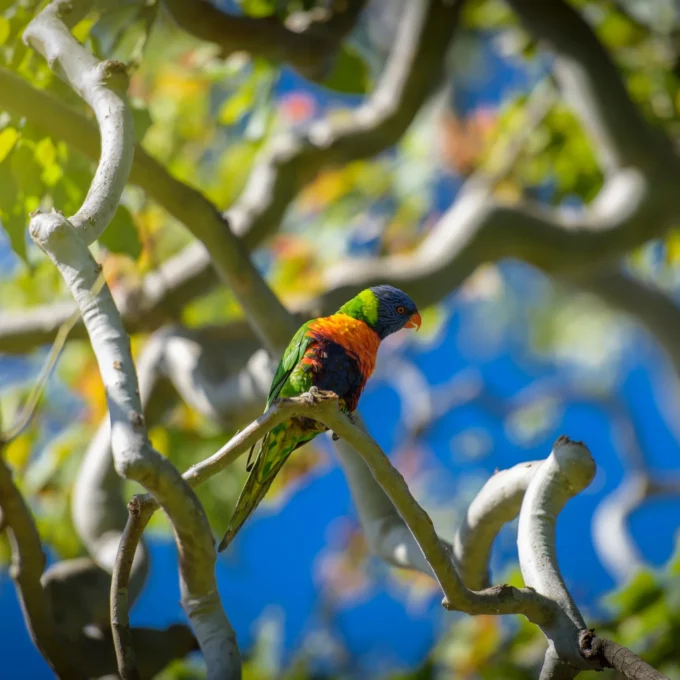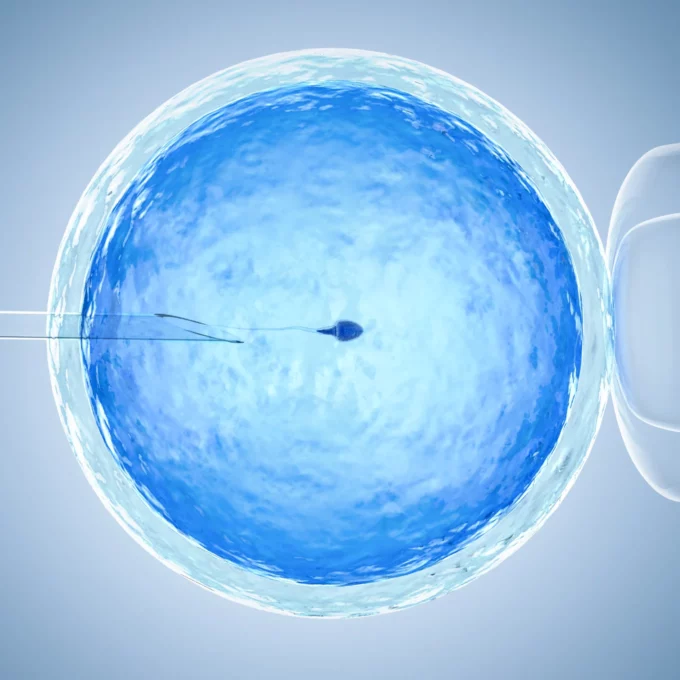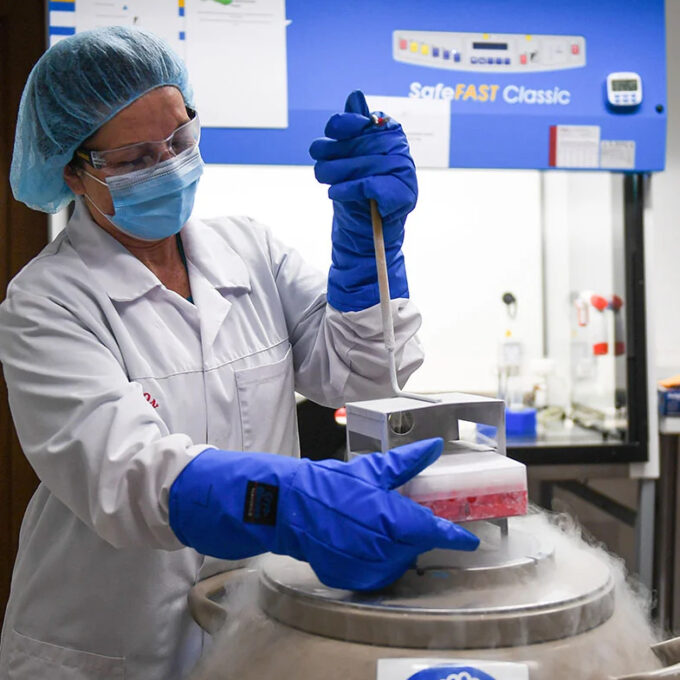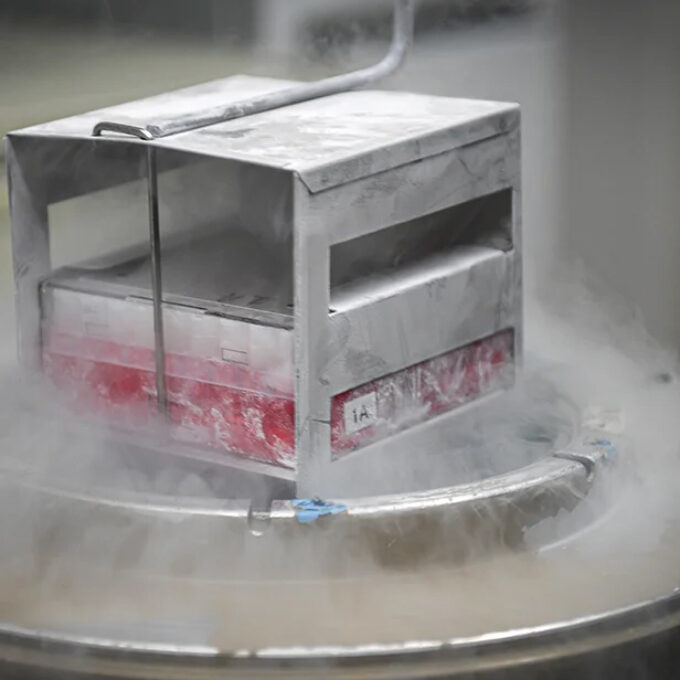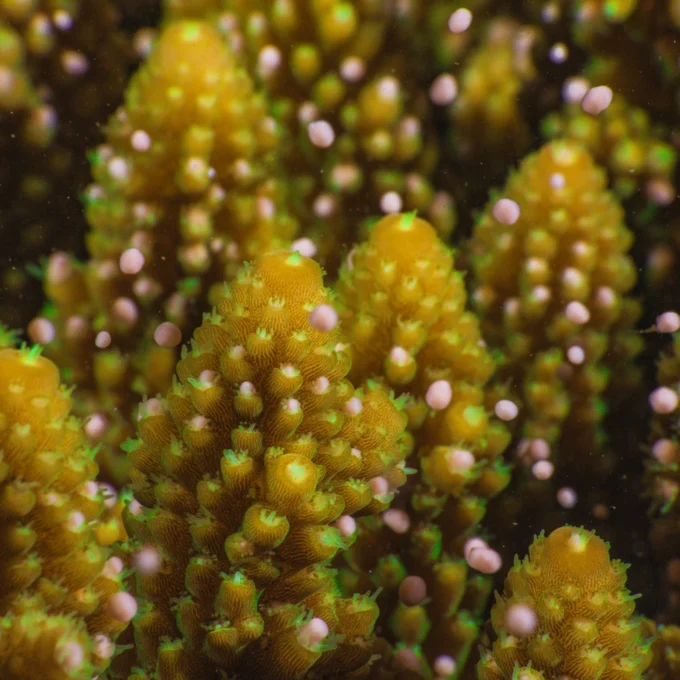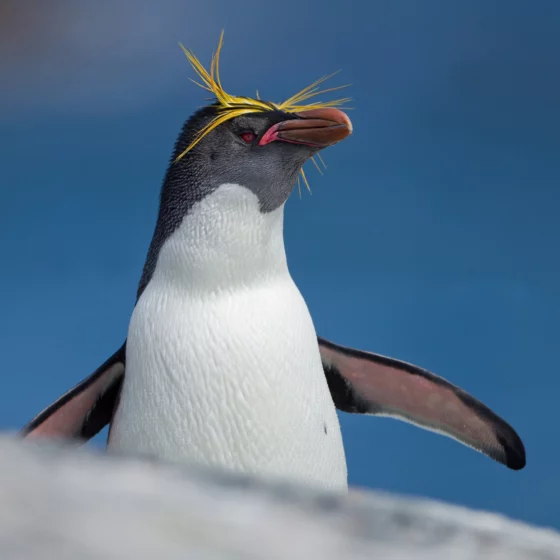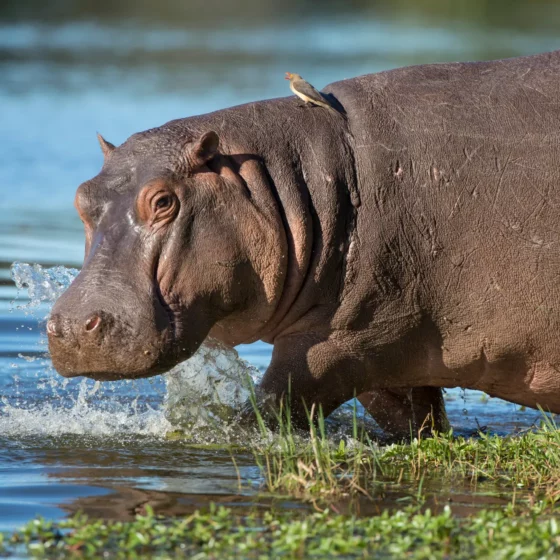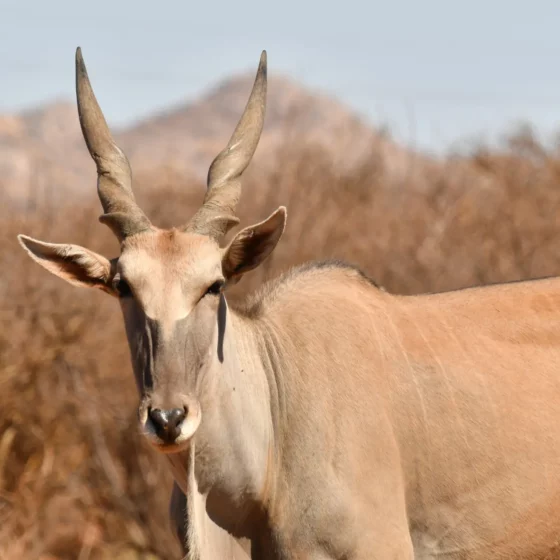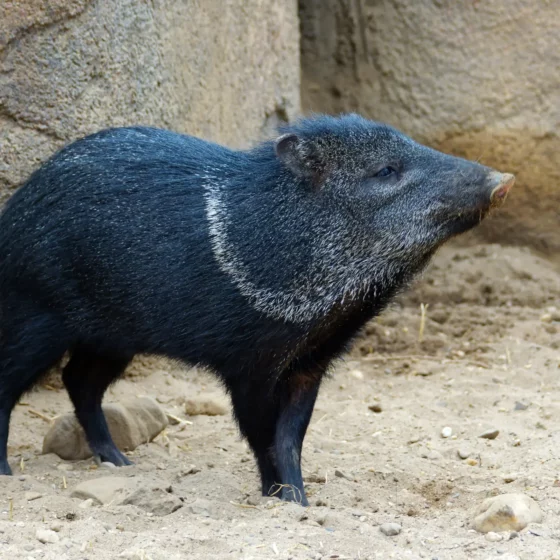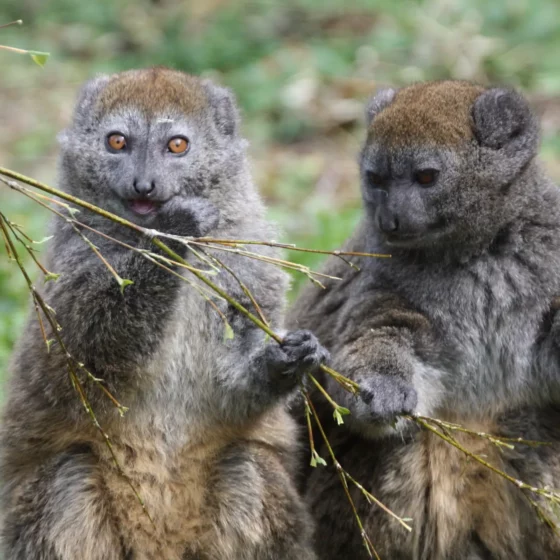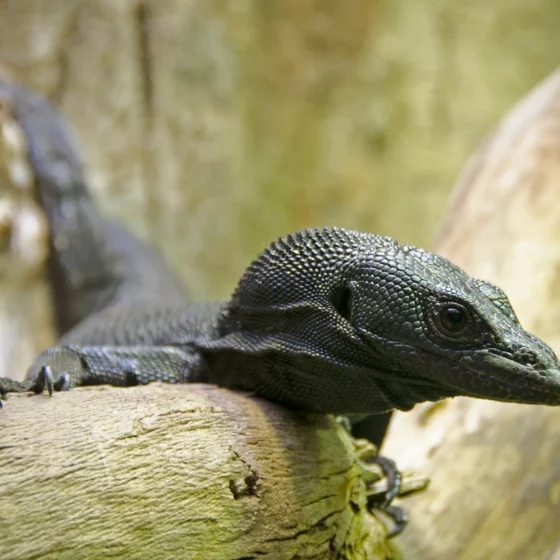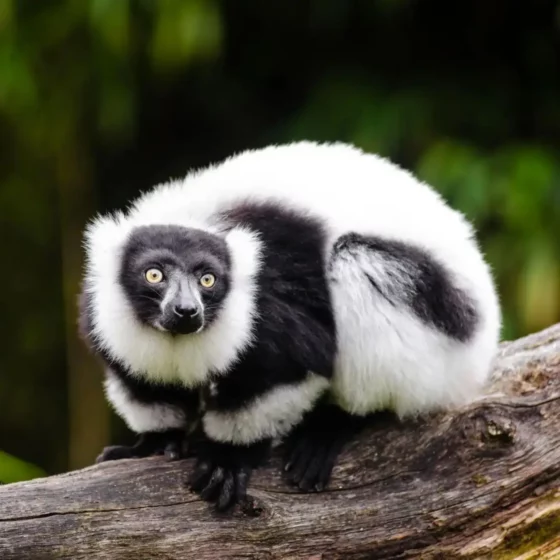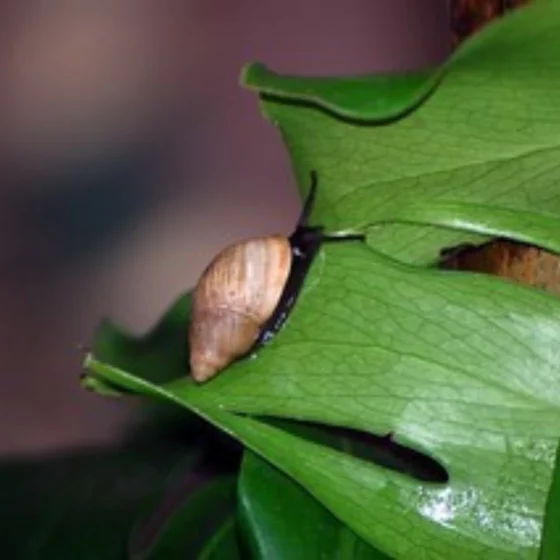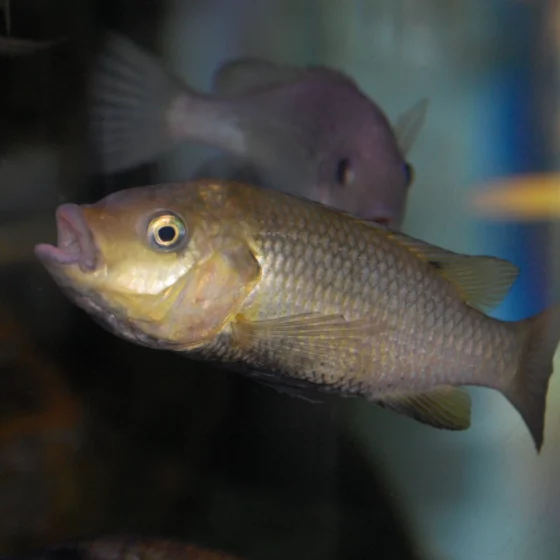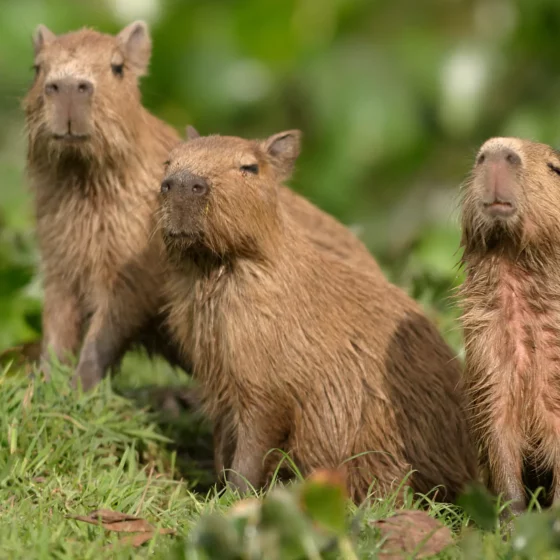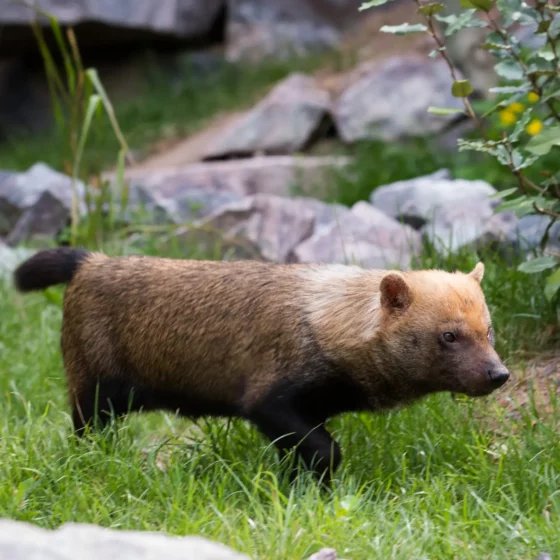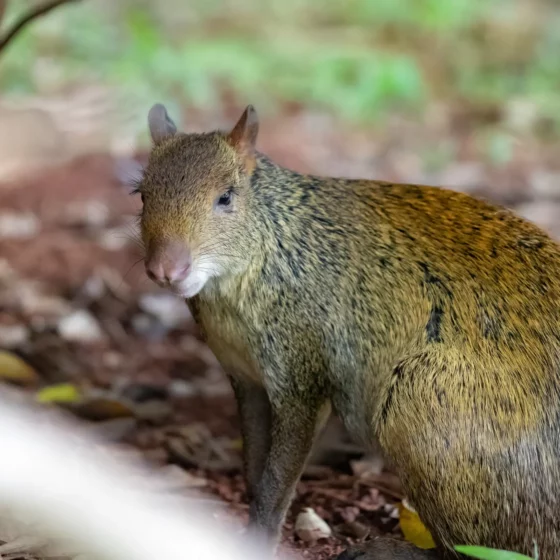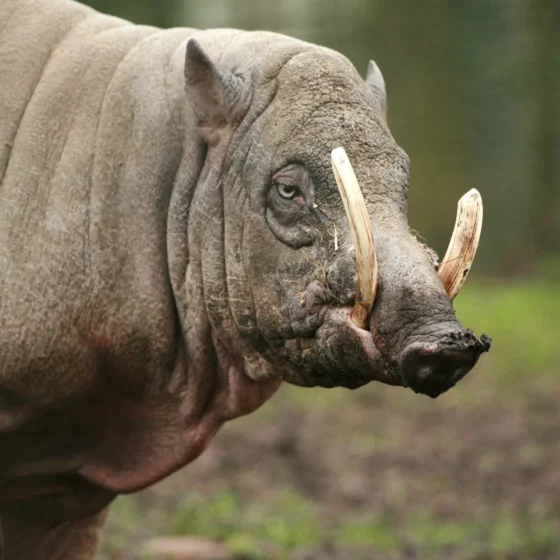Loss of genetic diversity accelerates species loss.
Right now, populations are declining in 48% of our planet’s animal species. As individuals are lost within a species, genetic diversity is reduced. This makes animals more vulnerable to extinction because genetic diversity confers resilience to disease and environmental changes.
If population numbers drop too low, individual survival rates start to decline dramatically.
Nature’s SAFE is helping to bring extinction to a halt by preserving the genetic heritage of threatened animal species.
We preserve reproductive cells and tissues in a way that ensures their viability for future regeneration. They can then be used to restore genetic diversity to animal populations where it would have otherwise been lost.
The goal of Nature’s SAFE is not to resurrect extinct species, but to prevent their extinction in the first place.
Donate
